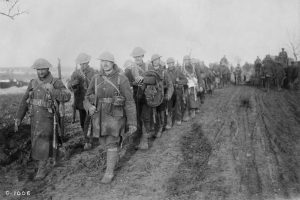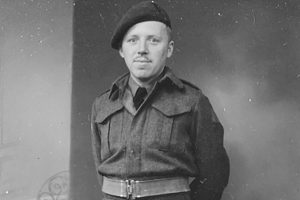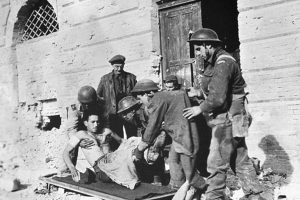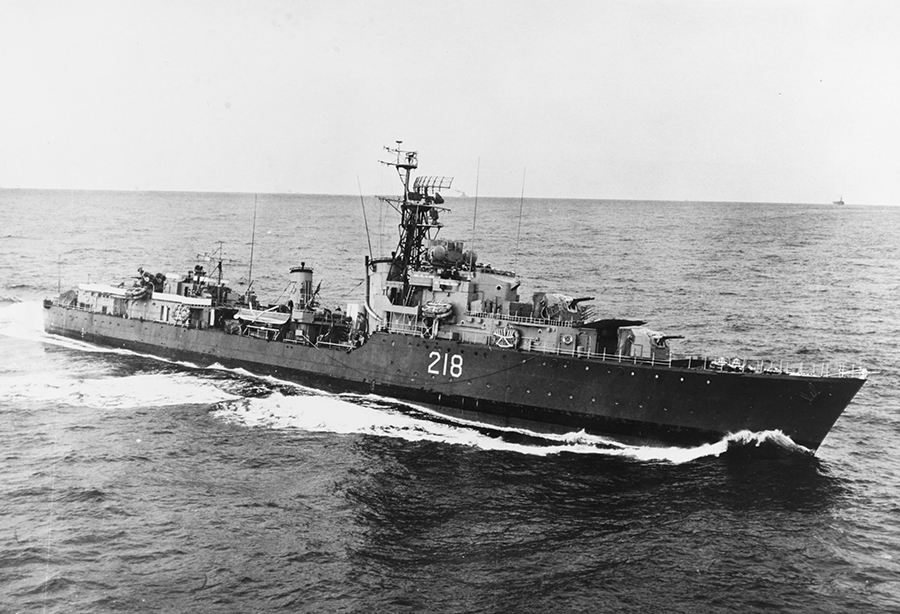
By Leonard (Scotty) Wells – Scarborough, Ont.
I was born in Rapid City, Man. in 1930 and joined the Royal Canadian Navy in May 1948. While serving onboard HMCS Ontario in Esquimalt, B.C., the Korean War started on June 25, 1950. Volunteers for service in Korea were requested.
I transferred to the HMCS Cayuga, which joined the HMCS Athabaskan and HMCS Sioux before setting sail for Korea on July 5, 1950. We arrived in Sasebo, Japan on July 30. While fueling on the Kwajalein atoll, Leading Seaman George Johnson rescued a dog that was part of a litter being drowned. Captain Brock allowed the dog to be kept as long as she was trained.
We named the dog Alice. She served on the ship for two tours of duty, was a great mascot, and raised the morale of the crew.
‘We heard metal scraping on metal’
Our first United Nations (UN) patrol was escorting a troop ship to Pusan. North Korean troops were within 25 miles of Pusan. On our next mission, we became the first Canadian ship to fire in anger since WWII, bombarding the port city of Yosu.
Cayuga and a great number of UN ships took part in the invasion at Inchon on Sept. 15, 1950. This resulted in a rapid advance by allied troops up to the Yalu River.
On Oct. 16 we were leading HMS Kenya north of Inchon when we had a very narrow escape. We discovered we were in a minefield! HMS Kenya was immediately ordered to turn to starboard.
We had to proceed because our forward momentum had us in the minefield. At one point we heard metal scraping metal. We had contacted a mine, fortunately, it must have been a dud and we got out okay.
While proceeding to Hong Kong in November 1950, together with the Athabaskan and Sioux, we ran into a typhoon in the Straits of Formosa. A crew member from Athabaskan was swept overboard. We turned to pick him up but missed.
Athabaskan had also turned around and by skillful ship handling they managed to head straight for him. Two sailors at the rail grabbed the swimmer as the wave crested. When he was back on board and dried out, he said to no one in particular “Now, I know there is a God!”
Rogue wave almost rolled us
About 2 a.m. that night, Cayuga was hit by a rogue wave. The helmsman swung the wheel hard to starboard in an effort to head the ship into the wave to prevent rollover. We rolled 52 degrees. No Tribal Class ship had ever exceeded that degree of roll. We came back to the upright position slowly. It was very frightening for all on board.
The Cayuga and four other destroyers were ordered up the shallow Chinnampo River on Dec. 5. We travelled 42 miles in the dead of night to evacuate the port and destroy it. The Chinese had entered the war and rapidly pushed all allied forces south again.
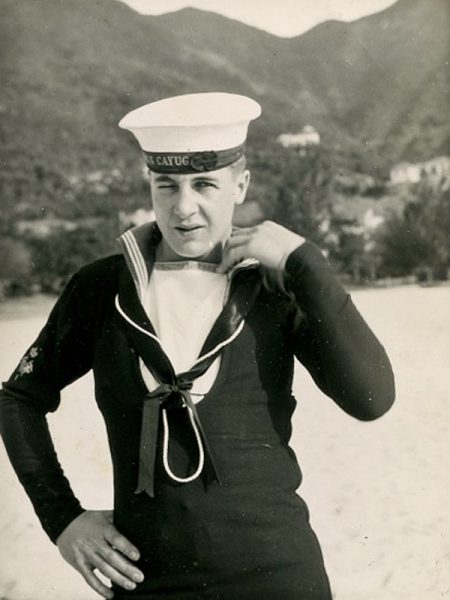
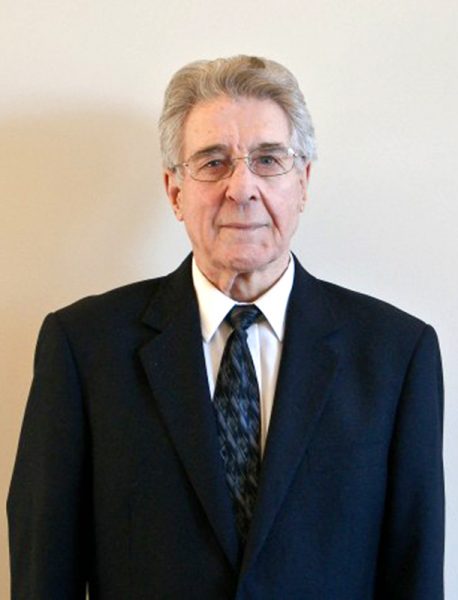
Two destroyers ran aground that night. We, plus two other ships arriving in the early morning, helped with evacuation and at 5 p.m. bombarded the docks, oil facilities leaving the whole area on fire. Nothing was left for the enemy.
Imposter in their midst
We spent a lot of time at sea, escorting aircraft carriers, supplying guerilla bases on offshore islands behind enemy lines, conducting bombardment of shore installations and assisting guerilla operations raiding enemy held islands.
We had enemy artillery fire directed at us a number of times. Fortunately, they missed but came awfully close.
During our second tour we were assisting guerillas when three South Koreans were badly hit by the enemy. They were brought back to the ship where our surgeon, Doctor Cyr, operated on them, saving their lives. A reporter wrote a story and it became nationwide news in Canada.
The real Dr. Cyr, who was back home in Nova Scotia, read the article and contacted Naval headquarters. Ferdinand Demara admitted to Captain Plomer that he was an impostor and wasn’t Dr. Cyr. He was sent back to Ottawa and discharged from the Navy.
A movie about the ordeal called The Great Impostor with Tony Curtis and Edmond O’Brien was filmed in Hollywood.
We met Demara again at a Naval reunion in 1979 in Victoria. He was officially an Episcopalian Doctor of Divinity in a hospital in Anaheim, California. He’d previously been charged with fraud, forgery, embezzlement, theft and vagrancy, but was never convicted.
For the full story, visit www.thememoryproject.com.

